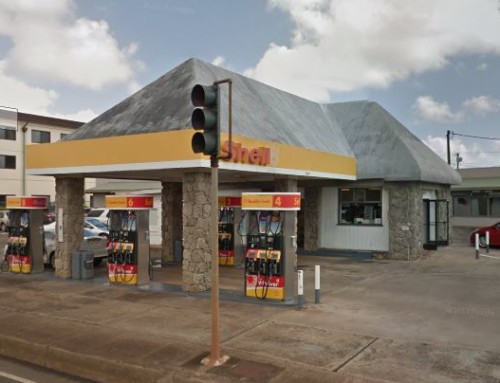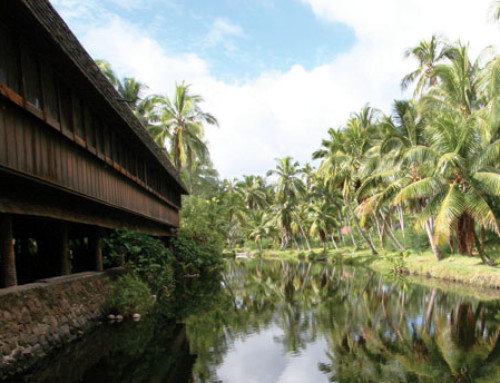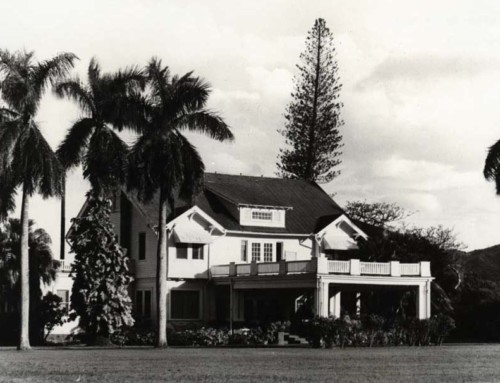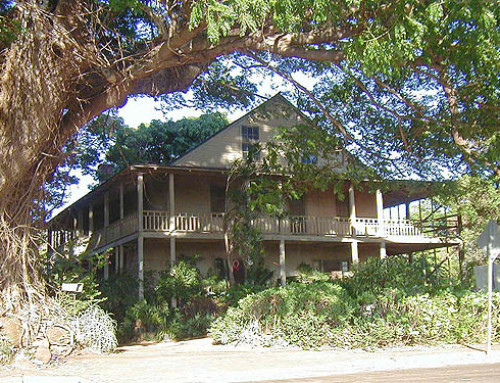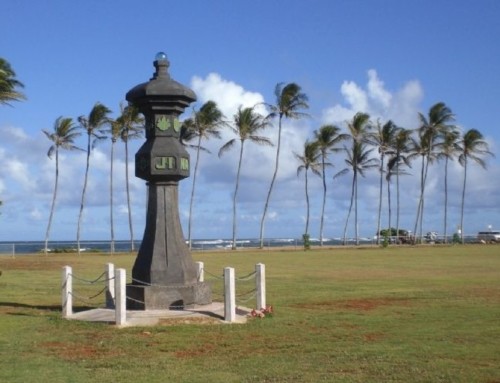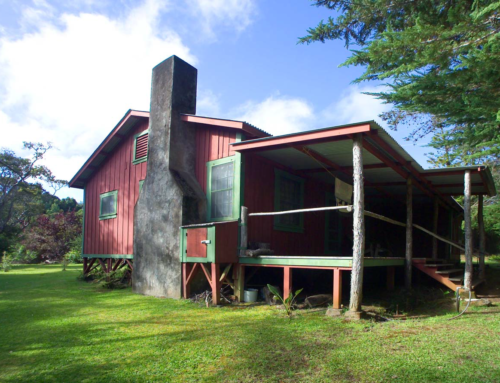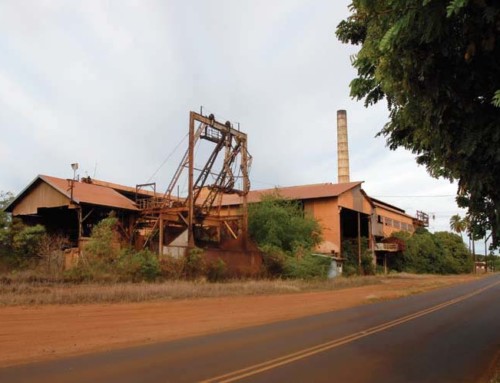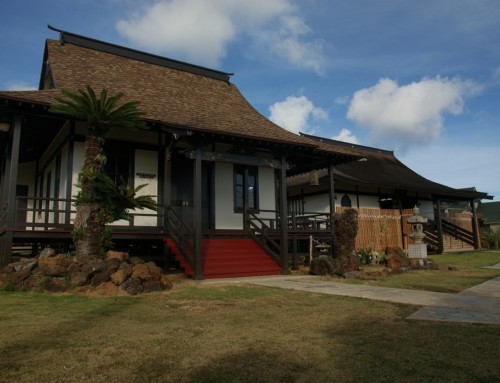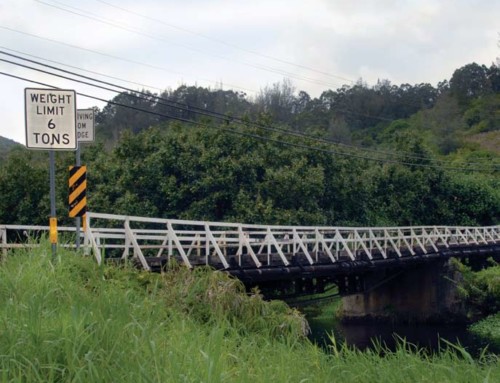UPDATE: 2015
Article Written By: Katrina Valcourt, HONOLULU Magazine
Both bridges are scheduled for replacement, with construction beginning on the Pu‘uopae Bridge in January 2017. Instead of steel girders, which have heavily corroded over the years, the new bridge will have concrete beams and a concrete deck, says Kaua‘i County engineer Larry Dill. After its completion, construction will start on ‘Ōpaeka‘a. “The original ‘Ōpaeka‘a Bridge is an iron truss, with the deck mounted at the bottom of the trusses,” Dill says. “It was rehabilitated in 2009 so that the truss no longer supports the bridge, but remains as a visual element. The proposed replacement bridge would have concrete beams and a concrete deck, and the truss would be restored as part of that project, to maintain the appearance of the original bridge.”
Listed as Endangered in: 2012
Article Written By: Kathryn Drury Wagner, HONOLULU Magazine
What are they?
These one-lane, country bridges have different designs, but both serve as some of the few manmade reminders left of the pre-1920s homestead-lands movements on Kaua’i. “We know about Hawaiian culture, and about sugar plantation culture,” says Pat Griffin, a historian and community-preservation advocate, but little about this era, when, “after Hawai’I became a territory, there was a homesteading movement. It was an Americanizing technique, the idea that, if farmers had some parcels of land, it would make it stronger as a territory, and it also gave Hawaiians land.” The O’paeka’a Bridge is also the only known British-made iron bridge in the U.S., and one of only a few surviving iron bridges in the state. It was built in 1888 over the Wailua River, and a section was recycled in 1919 for use at the O’paeka’a stream. Pu’uopae Bridge is in its original, 1915 location, crossing Kalama Stream.
What threatens them?
Though safe, the bridges are largely constructed of steel and have experienced heavy corrosion, section loss and vehicular-impact damage over the years, says Larry Dill, engineer for the County of Kaua’i Department of Public Works. Griffin counters that the county has been gunning to replace the Pu’uopae Bridge. “For 20 years, the lack of maintenance and attention to these bridges has been shameful,” says Griffin. “That’s the main reason these bridges are in danger. There doesn’t seem to be the will or the understanding to preserve the structures in ways that can honor the history while utilizing contemporary efficiencies. The county is approaching the bridges as if safety and efficiency for the bridges is an either/or situation, instead of using contemporary techniques for preservation to save them.”
What can be done?
Any challenges to the bridges would be funded by the Federal Highways Administration. Dill says, “we are currently soliciting community input via the Section 106 process regarding the historic nature of the bridges to help us reach a proposal for the scope of the projects.” He cites the lack of accommodation for cyclists or pedestrians, as well as concerns about capacity and safety. “Advances in construction materials and design have rendered many of the aspects of these bridges obsolete from and engineering perspective.” Still, he adds, “The historic characteristics of these bridges will be considered and included in our proposals for these bridges.”







